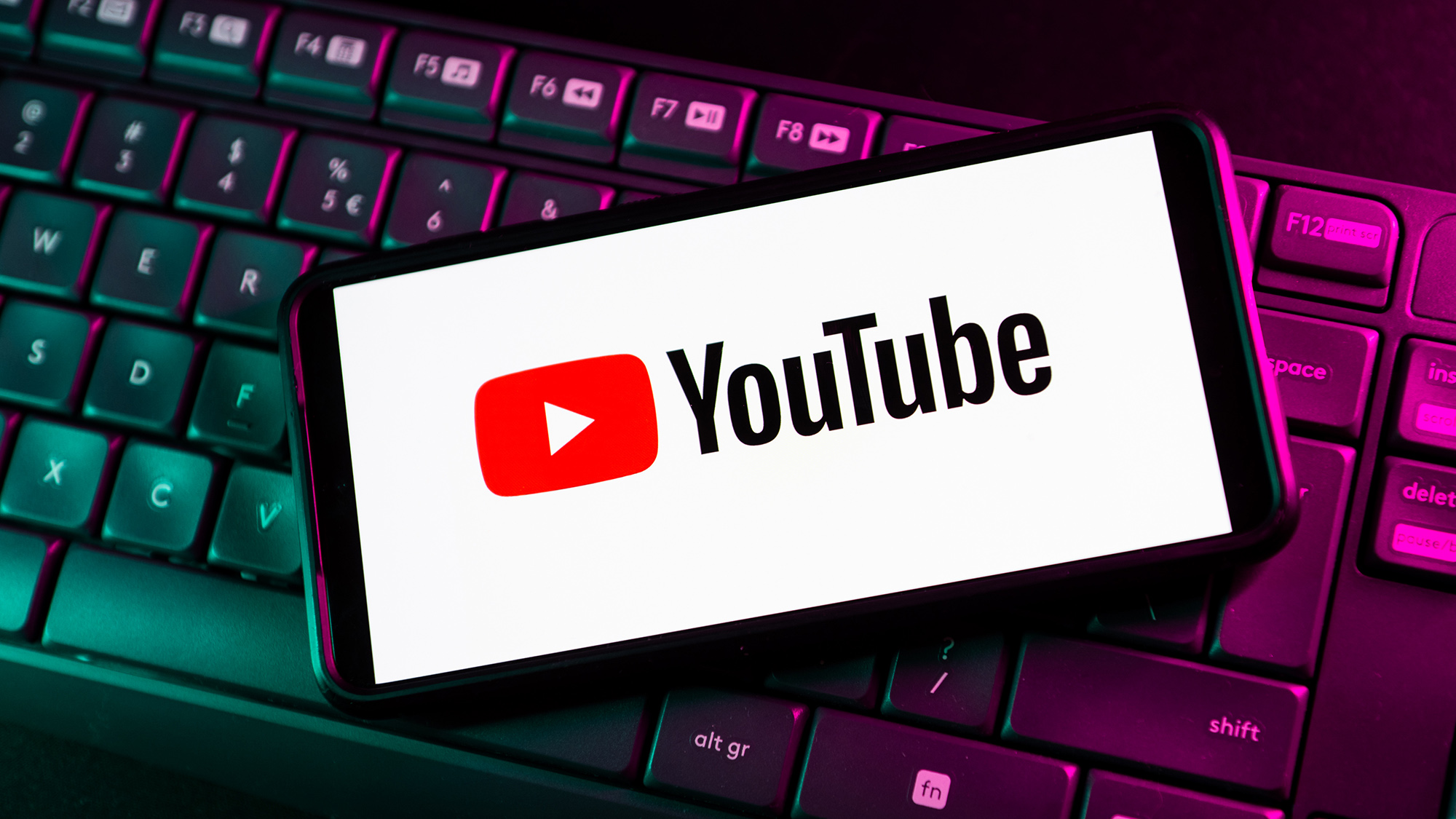YouTube is cracking down on harmful videos — what you need to know
Here’s what’s getting banned under YouTube’s new misinformation policy

YouTube is cracking down on some harmful videos, which is ultimately good news for everyone.
The streaming platform announced that it would begin removing content that falls under its new, streamlined medical misinformation guidelines. In particular, YouTube seems focused on videos that promote misinformation on cancer treatments. “Starting today and ramping up in the coming weeks, we will begin removing content that promotes cancer treatments proven to be harmful or ineffective, or content that discourages viewers from seeking professional medical treatment.”
YouTube will also be providing some informative videos of its own to encourage users to view authoritative videos rather than ones littered with misinformation. The streaming platform says that it will be publishing a playlist of cancer-related videos and that it is collaborating with Mayo Clinic on further informative cancer-related videos.

However, the new policy won’t be limited to cancer misinformation. YouTube will also be removing harmful videos related to COVID-19, as well as “vaccines, reproductive health, harmful substances, and more.”
To determine if a video merits removal, YouTube will judge if the video is associated with a “high public health risk,” goes against publicly available guidance from prominent health authorities or is associated with a health topic that is prone to misinformation. As part of this determination process, YouTube will use a framework focused on three categories — prevention misinformation, treatment misinformation and denial misinformation.
YouTube’s 3 categories of medical misinformation
The first category of harmful videos that YouTube will begin removing is preventative misinformation. This is content that contradicts the guidance of public health authorities on the prevention and transmission of health conditions as well as the safety and efficacy of vaccines.
Then there is treatment misinformation, which focuses on content that goes against the treatment guidance of health authorities. Videos promoting the use of Ivermectin to combat COVID-19 would be a prime example of videos that run afoul of this aspect of YouTube’s revamped policy.
Get instant access to breaking news, the hottest reviews, great deals and helpful tips.
YouTube will still allow videos that they consider to be of public interest even though they violate this new policy — misinformation from political candidates is specifically mentioned here
And finally, there is denial misinformation. This covers videos that dispute the existence of certain health conditions, such as videos that suggest people haven’t died from COVID-19, cancer, etc.
Of course, this newly revamped policy won’t cover everything. YouTube explicitly mentions that this policy is focused on “specific” or “certain” conditions. Additionally, YouTube will still allow videos that they consider to be of public interest even though they violate this new policy — misinformation from political candidates is specifically mentioned here — and they may make exceptions for other reasons as well. Certain content may also be age-restricted rather than removed entirely.
So you should still tread carefully when browsing YouTube for information. But hopefully, this new policy goes a long way to making misinformation less and less prevalent.
More from Tom's Guide
- YouTube just got an upgrade that simplifies your home screen — how to turn it on
- New Netflix releases: 5 movies and shows to watch this week
- YouTube Premium just got a big upgrade — and it's not just for iPhones anymore

Malcolm has been with Tom's Guide since 2022, and has been covering the latest in streaming shows and movies since 2023. He's not one to shy away from a hot take, including that "John Wick" is one of the four greatest films ever made.
